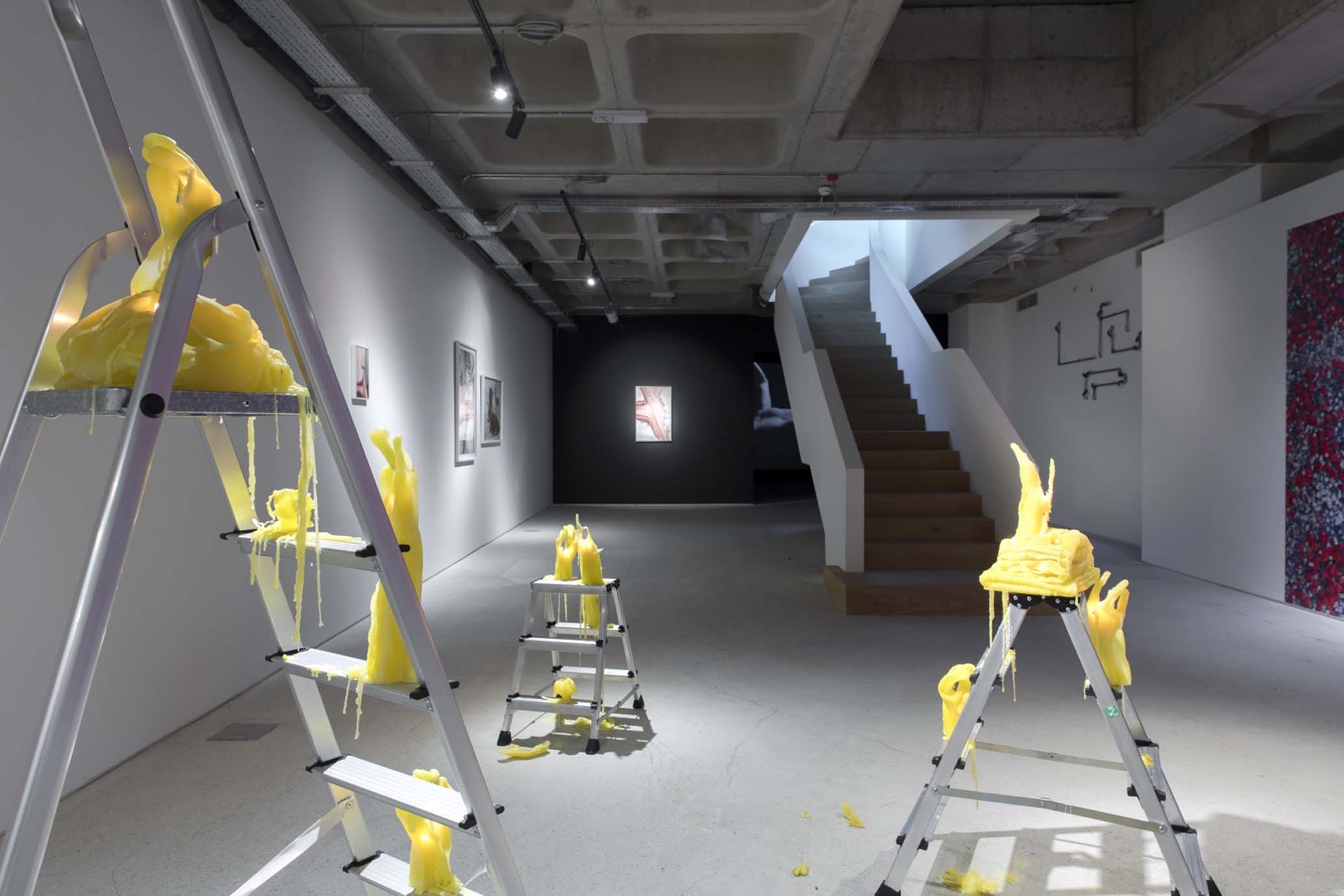
In the wake of the global COVID-19 pandemic, the art world has begun to adapt to non-physical co-existence. This new era, voluntarily or not, will eventually be the irrevocable reality of our lives. The process continues to provoke more and more thought about alternative means of communication and has already proven that life can’t and shouldn’t go back to normal.
Experiencing art through a virtual interface may be an insincere, even repelling thought for many. While the horror vacui has been pushing every actor in the art world to substitute a major lack of contact for digital means, many art professionals are, of course, longing for the “real thing” and hoping that this new way of being isn’t here to stay. While what constitutes a “real” experience has been redefined over and over throughout history, it is undeniable that, at this moment, arts and culture institutions who have so far ignored the urgency of new media, software, web design, archiving and digital marketing departments are trying to look busy online and seriously reconsidering their strategies for the future.
Not in order to offer a conclusion, but rather to open up passageways and to think through questions around coexistence, a group exhibition bringing together Anish Kapoor, Francis Alÿs, Joan Jonas, Thomas Demand, Asger Carlsen, and Fischli and Weiss, alongside local counterparts, opened in Istanbul just days before isolation was implemented. The exhibition was organized by SIGNS, a commercial arts platform founded in 2018. Interestingly enough, the show—titled When You Touch About Me, I Think Myself—takes on the topics of communication and tactility. It asks questions on what we lack without touch and why that lack matters existentially. The show borrows its name from the words of philosopher Judith Butler, who suggests an intermingling of touch and thought and a rethinking of how one informs the other. Yet, of course, these works were selected without any awareness of the prolonged isolation that was to come.
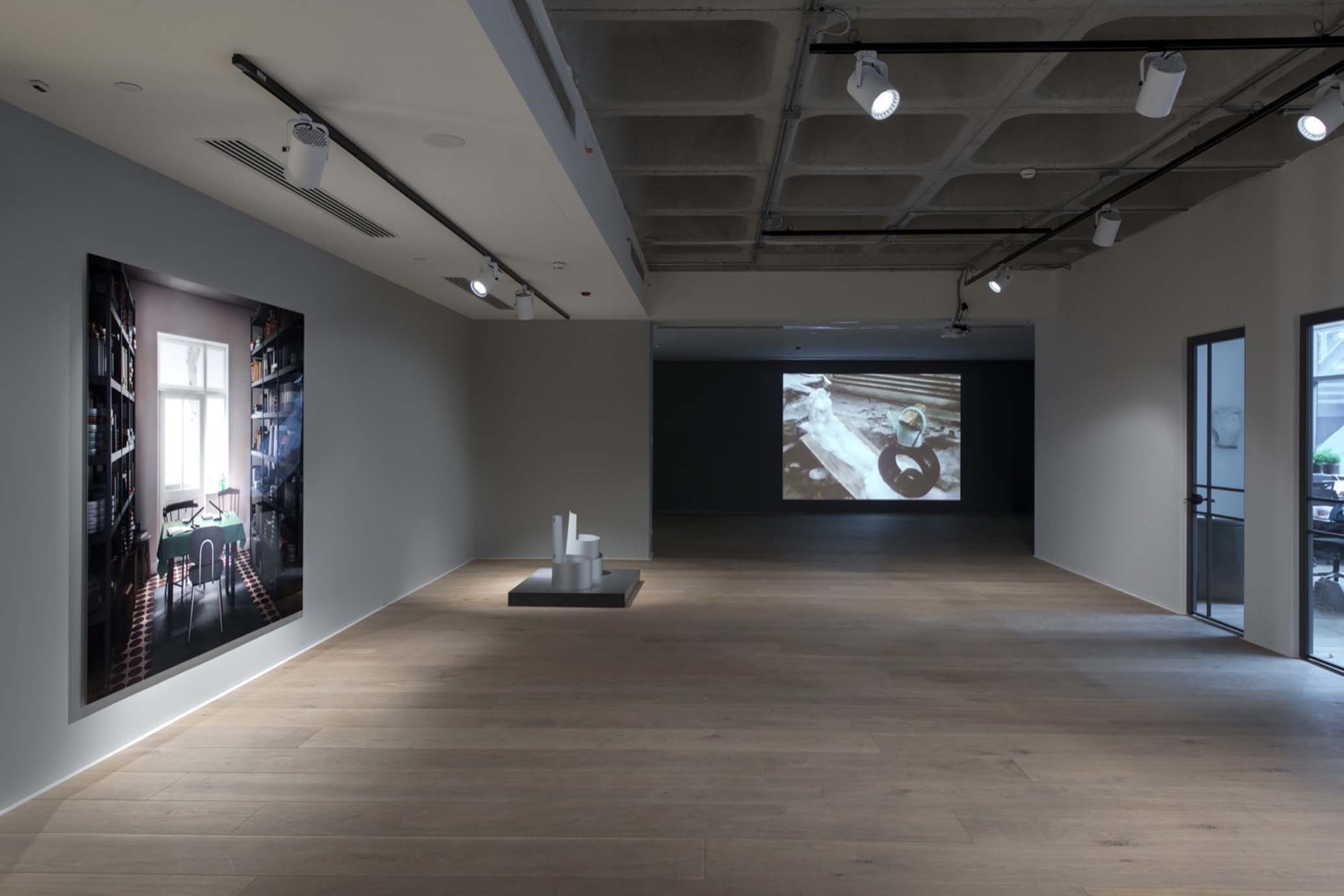
Thomas Demand’s astonishing photograph, Repository (2018), presents what appears to be a lived-in scene from filmmaker Alexander Kluge’s studio. It is almost impossible to perceive that the whole setting is fabricated from cardboard and paper. As one moves through the gallery space, the iconic Fischli and Weiss film, The Way Things Go (1987), mesmerizes in another way—not with a single touch but with a constructed system of causality in which contact produces a chain reaction.
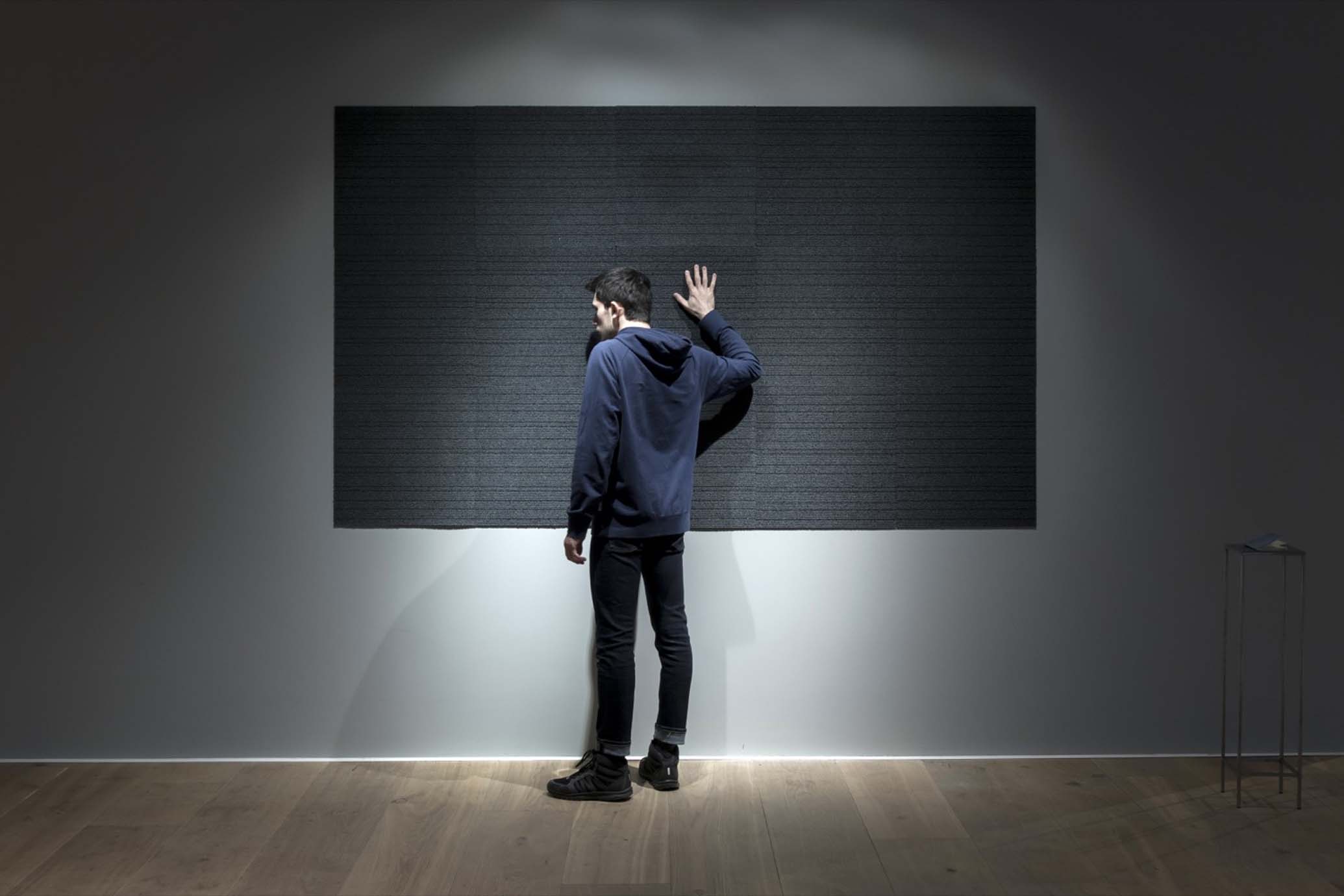
A work by Turkish artist Cevdet Erek, titled Shore Scene Soundtrack (2012) for which the artist won the Nam June Paik Award in 2012, follows. It is an interactive work that only comes to life through touch, as the goal is to imitate the sound of the shore using two hands and a carpet. The texture of the carpet causes your skin to tingle, even after you are no longer touching it, and that is when you notice that a part of the work insists on clinging to you. Next comes Dan Stockholm’s ceramic brick series “By Hand” (2016) and his vessels that include traces of the actual hand, inside and around the object.
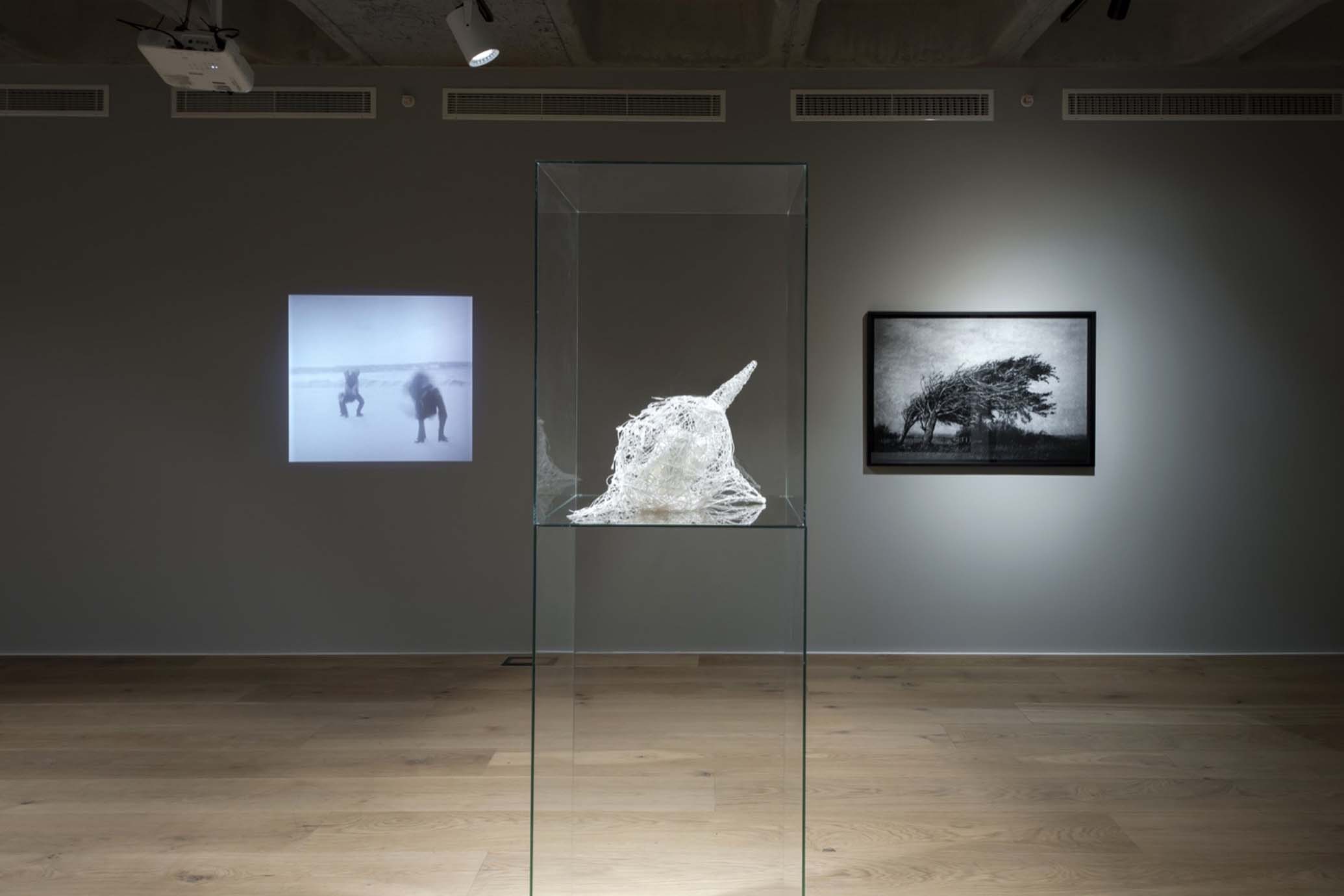
With Joan Jonas’s performance film The Wind (1968) and Yusuf Sevinçli’s photograph of a majestic but bent over tree placed adjacent to each other, one becomes aware of the physical force of nature. Likewise, Erol Akyavaş and Necla Rüzgar in juxtaposition evoke nature’s touch while bringing to mind skin itself.
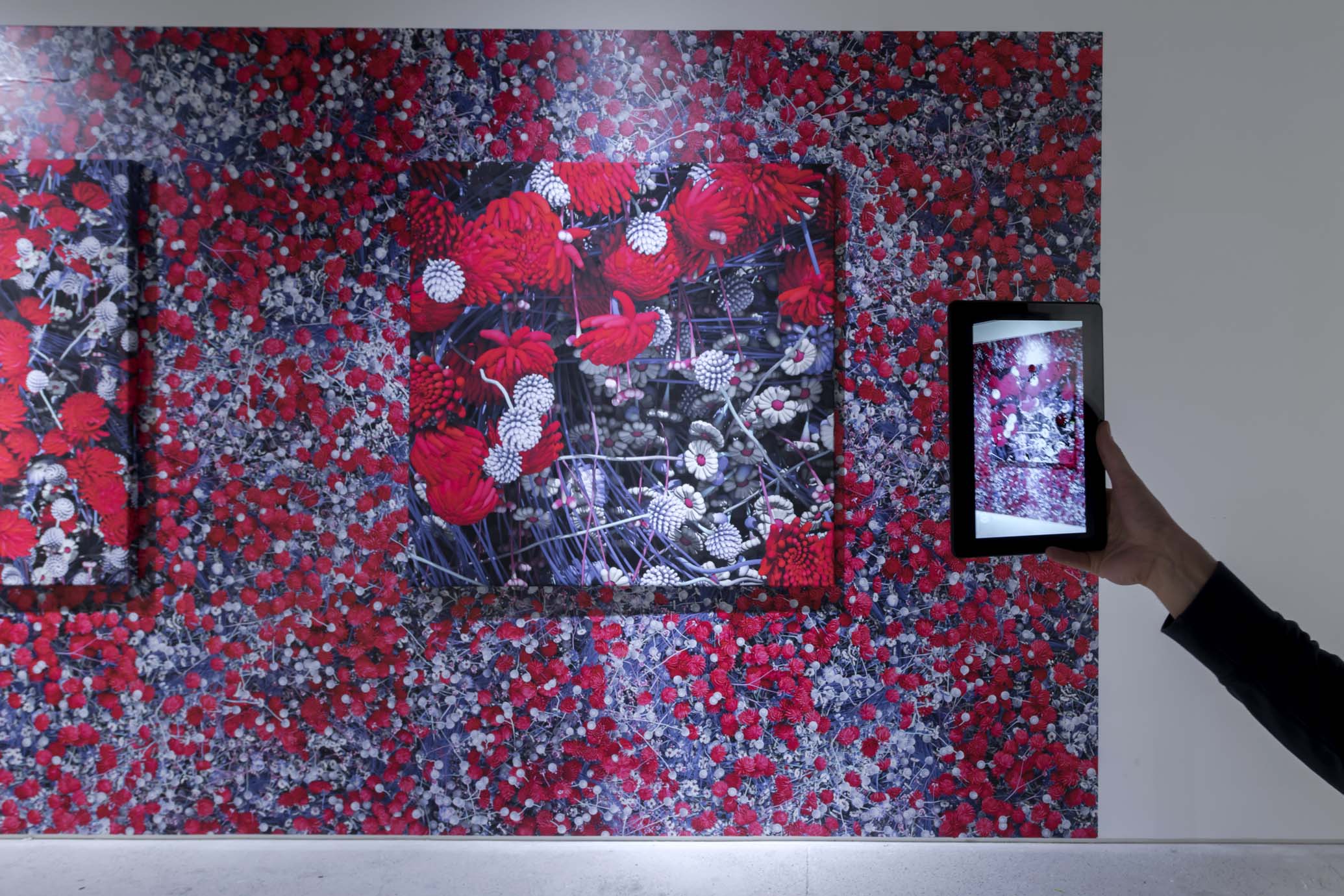
Following a hyper-realistic digital installation by Los Angeles based architect Elena Manferdini, which depicts vibrantly colored dahlias enriched via AR, the final work emerges: Anish Kapoor’s Into Yourself, Fall (2018), produced in collaboration with Acute Art, which delivers the closing words through a virtual descent inside the human body, enabled by a VR headset. This surreal sensation of exploring the unknown, finally pierces the skin—digitally!—and digs into its depths.
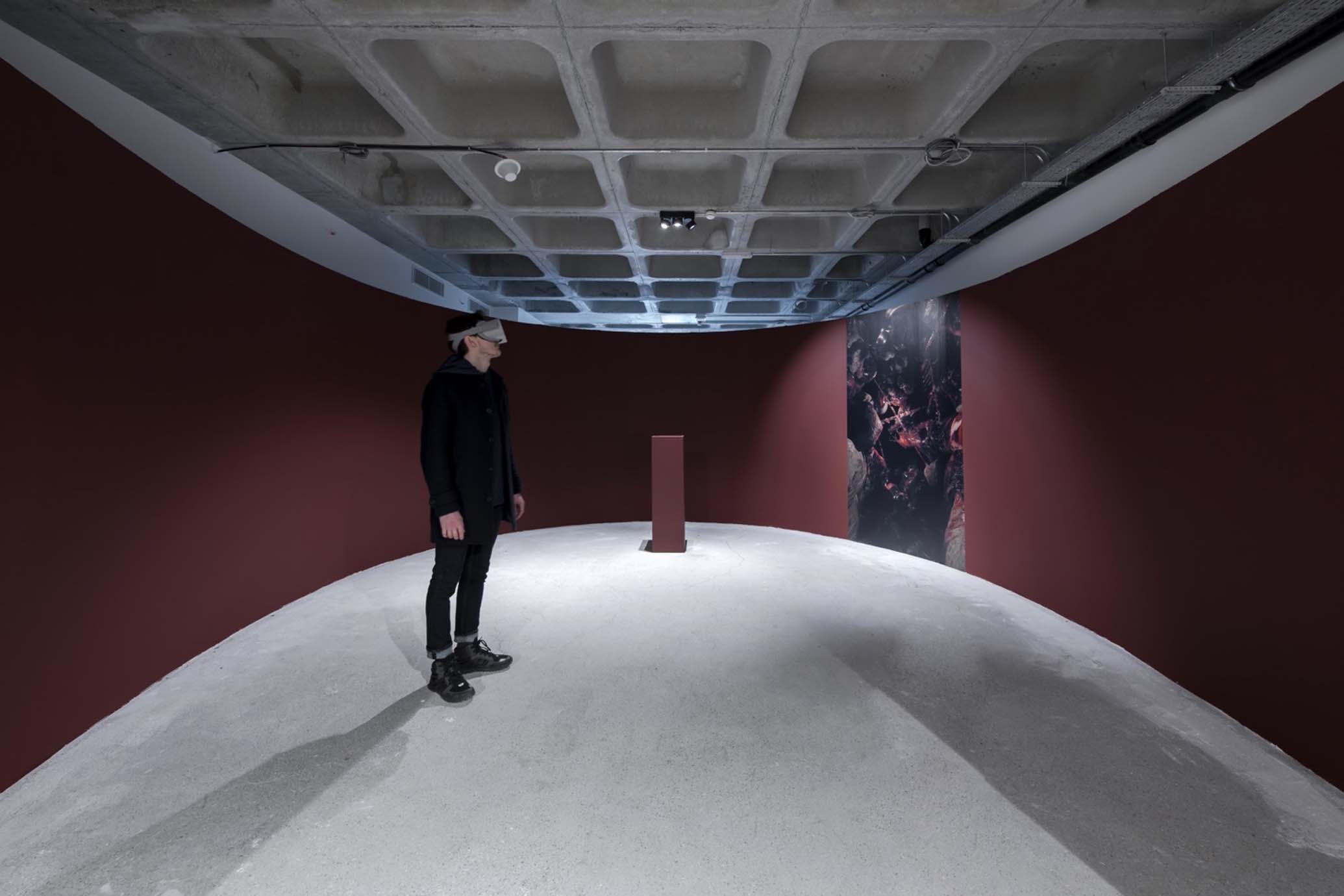
The exhibition was supposed to be on view until the end of this month and only time will tell whether it will be experienced physically again. Regardless, we should now be reassured that art and culture institutions should not be limited to corporeally constituted structures that have to keep on struggling within the confinements and vulnerability of the majority of their previous practices. Rather, they must acknowledge their roles as creators of novel, sustainable and ethical responses to life that is ever moving in unprecedented directions.
*When You Touch About Me, I Think Myself includes works by Anish Kapoor, Asger Carlsen, Ayşe Erkmen, Burhan Kum, Cevdet Erek, Dan Stockholm, Elena Manferdini, Ergin Çavuşoğlu, Erol Akyavaş, Fischli/Weiss, Francis Alÿs, Hera Büyüktaşçıyan, Ibrahim Karakütük, Inci Furni, Joan Jonas, Malvina Panagiotidi, Martina Corà, Mehtap Baydu, Necla Rüzgar, Thomas Demand, Thomas Ruff and Yusuf Sevincli. The exhibition was curated by Burcu Fikretoglu and designed by Ömer Pekin. All installation photos were shot by Kayhan Kaygusuz.



